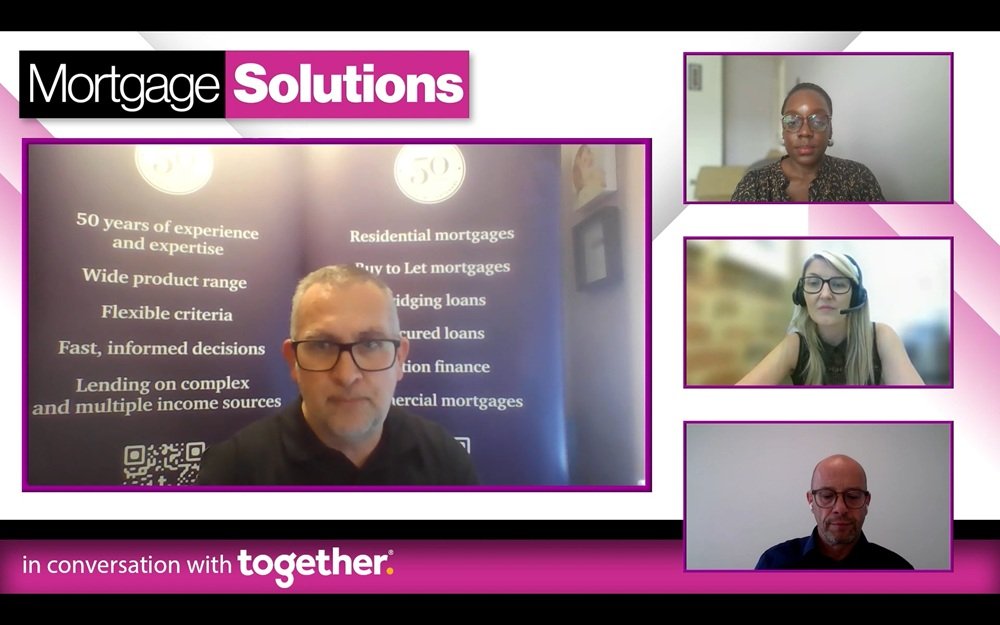A human approach to self-employed mortgage applications will give borrowers more options, rather than being rigid, it was said on a video debate.
When asked what areas lenders might be missing when it comes to self-employed borrowers, Andrew Cappaert, national account manager at Brightstar, said: “The initial problem is where lenders will rigidly assess what’s in front of them without, maybe, human sense-checking it.
“It’s too easy for the computer to say no, so they may ignore that there’s a stable cash flow or contract-based income, growth trends… that really limits what is out there for the client ultimately.”
He said by being too rigid, there were people out there “not getting what they need”.
Plausible and sustainable business
Nick Parker, head of networks and clubs at Together, said underwriters really needed to understand the makeup of self-employed borrowers and their businesses, as well as “get under the skin” of what is happening. He said this could include understanding their cash flow, the business structure, and where the business comes from.

How to get your first-time buyer clients mortgage ready
Sponsored by Halifax Intermediaries
He added that Together assesses whether a self-employed person’s business is “plausible” and “sustainable”, not just looking at their past affairs but also considering projected income in affordability assessments.
Parker said this approach was not uncommon in the specialist lending sector.
Rachel Geddes, strategic lender relationships director at Mortgage Advice Bureau (MAB), said brokers needed to “really get to know their clients” too, and learn how to read accounts and SA302 statements.
Geddes also suggested getting to know the lenders in the market and making contact with any that a broker had not reached out to before.
Lender responsibility for broker confusion
Nick Parker, head of networks and clubs at Together, said knowledge of the self-employed mortgage application process varied among brokers, ranging from those who centred their business on self-employed cases and others who had more of a “general practitioner’s” level of knowledge.
However, he blamed lenders for some of the confusion.
“We do have to take some responsibility for this. If you look at lending criteria, you’ve got some lenders that want salary and dividends, you’ve got some that want latest year’s net profit, some net profit before tax, some net profit after tax… it’s become so muddy in terms of what it is that lenders are looking for to be able to demonstrate and prove affordability that I think brokers don’t really understand what it is that they need to be able to present to a lender,” Parker said.
Watch the full video [12:18] hosted by Shekina Tuahene, commercial editor and deputy editor at Mortgage Solutions, with guests Nick Parker, head of networks and clubs at Together, Andrew Cappaert, national account manager at Brightstar, and Rachel Geddes, strategic lender relationships director at MAB.
This is the second video in a series of debates, the first part on opportunities in the specialist market can be found here – Together video: Brokers who stick to what they know will struggle

